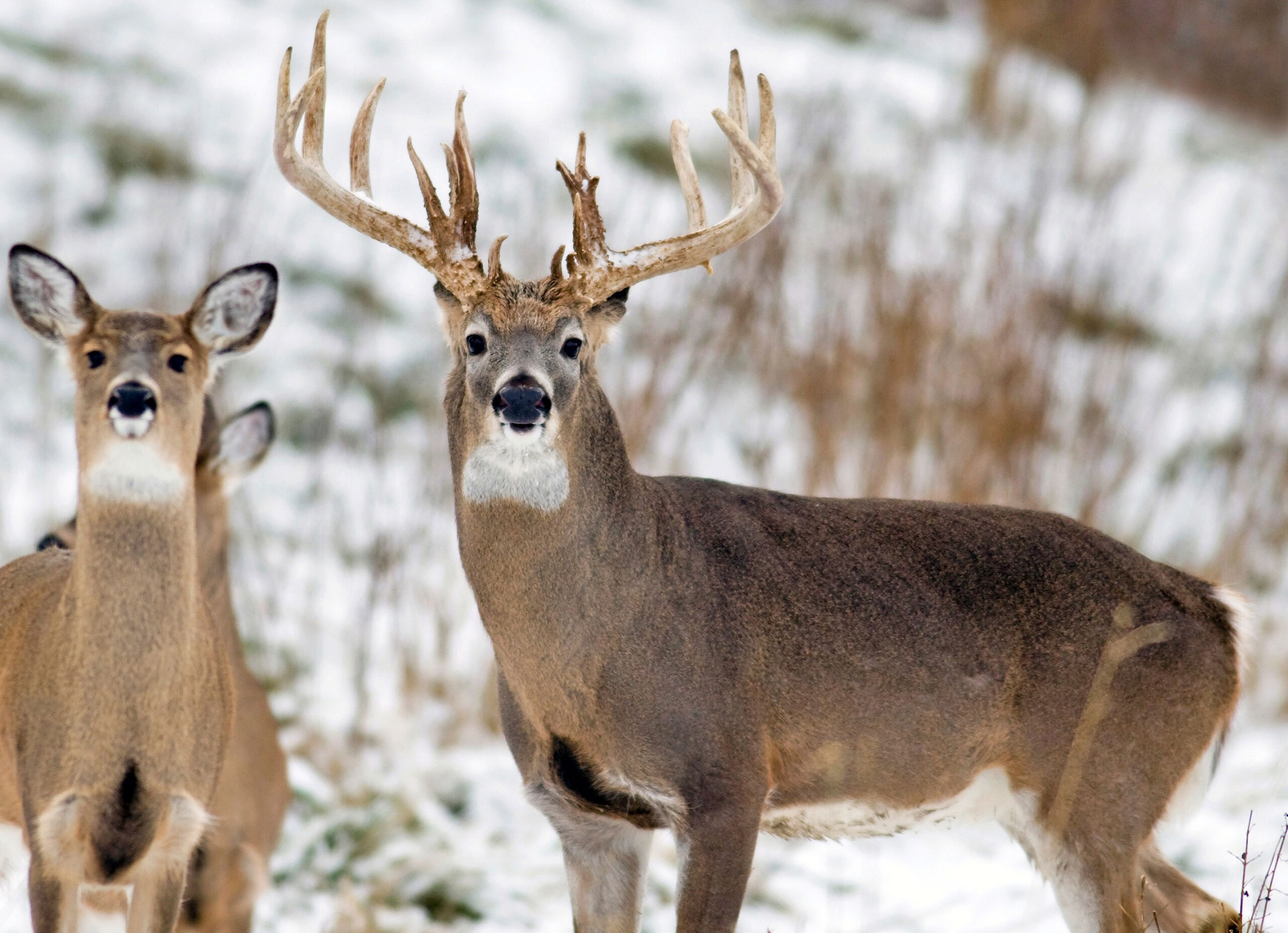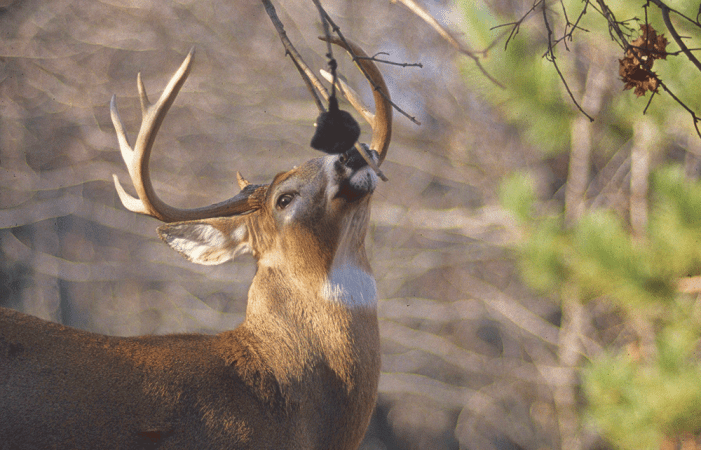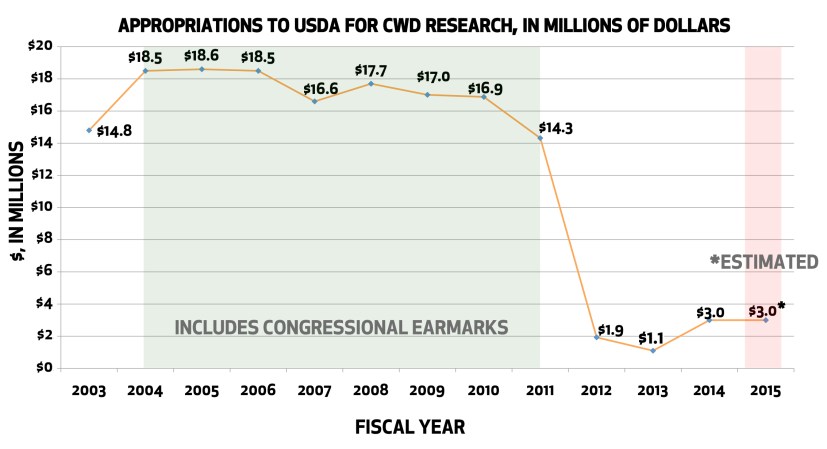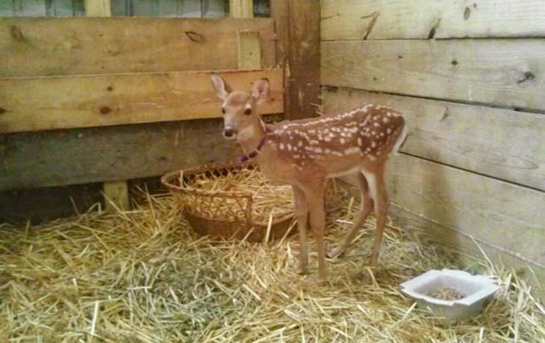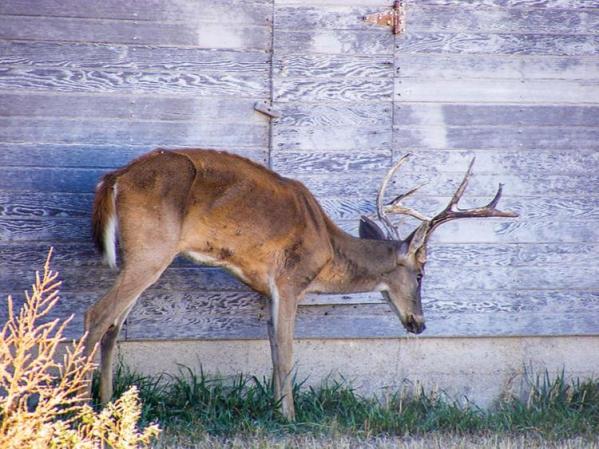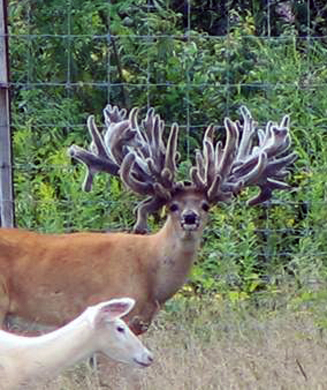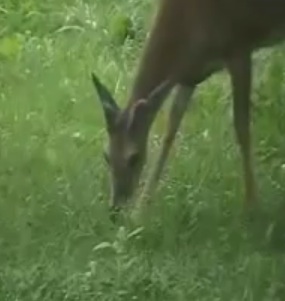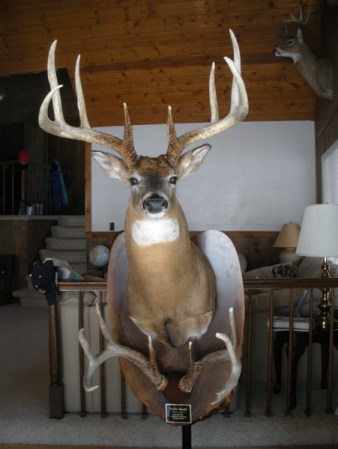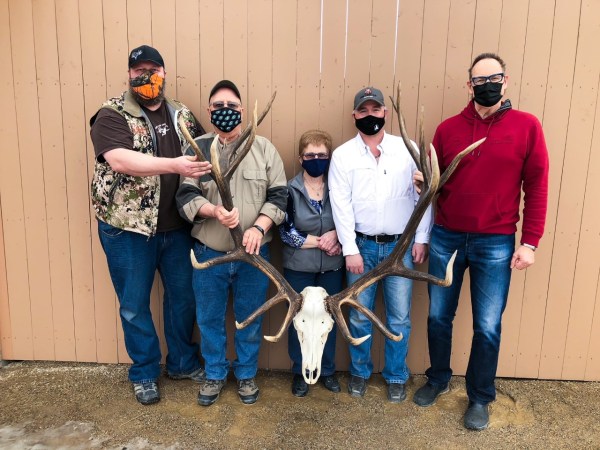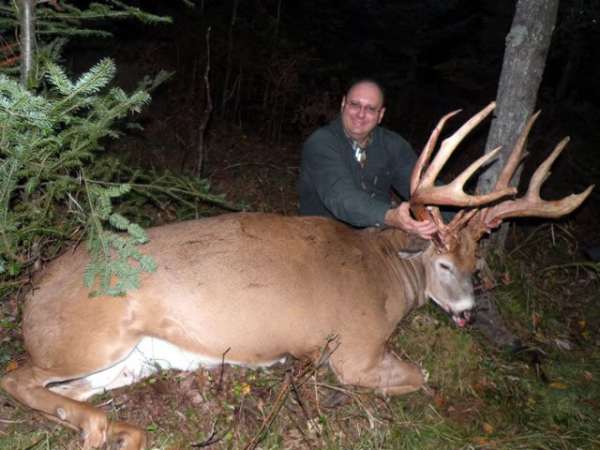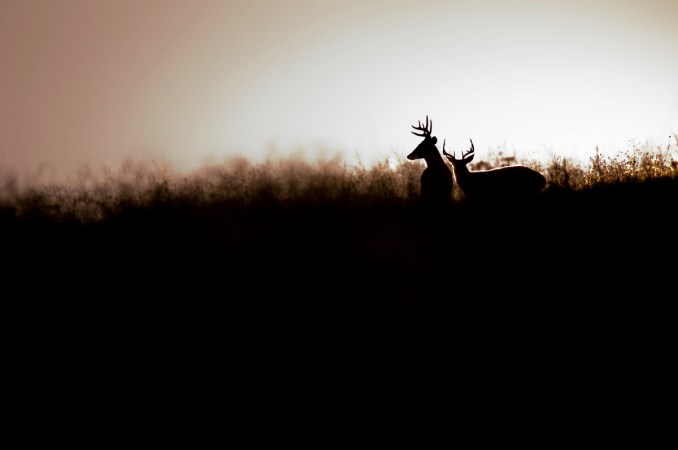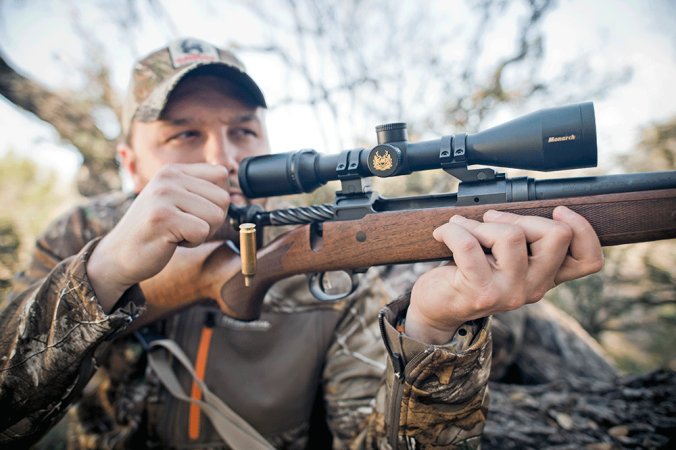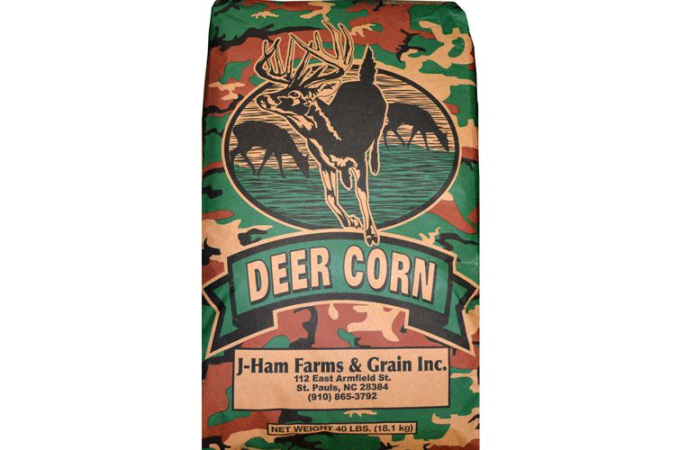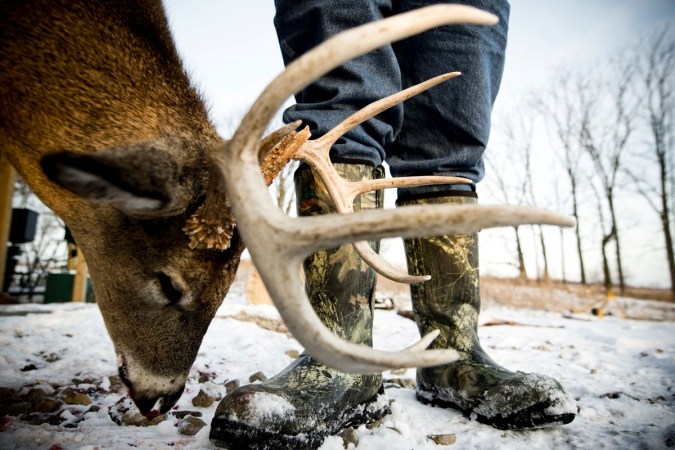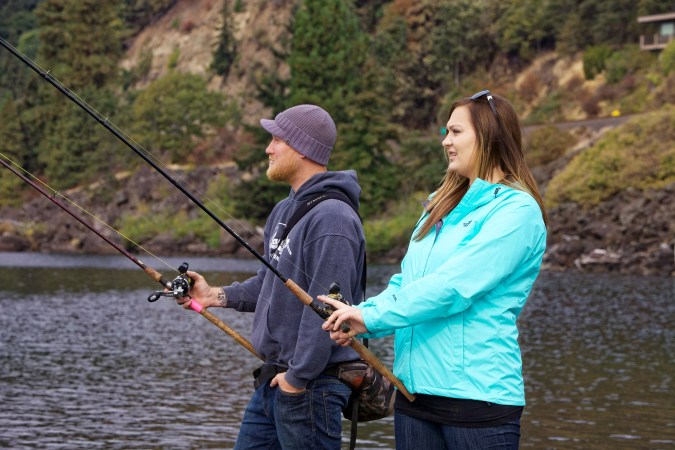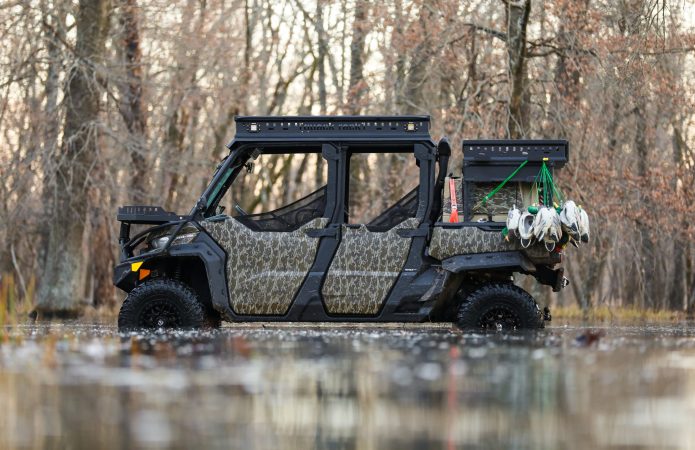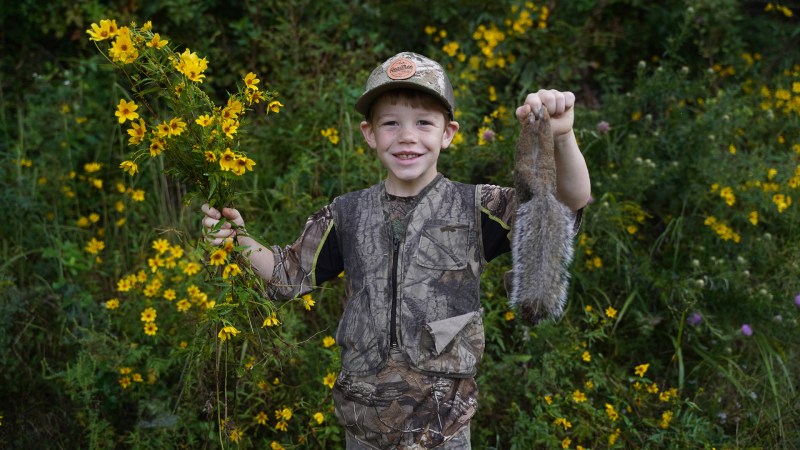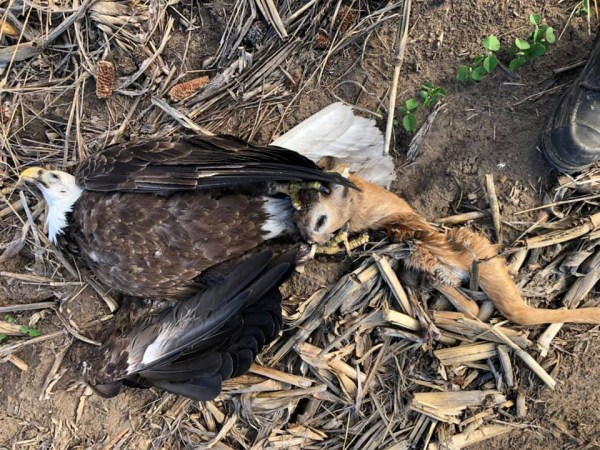Members of the Minnesota House of Representatives have introduced legislation that would prohibit the Board of Animal Health from issuing any additional permits for captive whitetail deer farms in the state. This moratorium would be put in place in order to combat the spread of Chronic Wasting Disease, as some wildlife managers have pointed to these farms as breeding grounds for the deadly neurodegenerative disease.
Minnesota House File 4126 would also tighten current regulations on all captive deer herds. This includes beefing up current fencing regulations, requiring extensive CWD testing, and preventing the movement of farmed whitetails from one part of the state to another.
The Connection Between CWD and Captive Deer Herds in Minnesota
CWD was first discovered in Minnesota’s wild cervid population in 2010. According to the Department of Natural Resources, the disease has been detected in eight areas across the state, with fewer than one percent of deer testing positive in areas with outbreaks in the past five years.
Still, new confirmed cases and outbreaks at captive breeding facilities have been a major concern for wildlife officials. DNR Commissioner Sarah Strommen said in a recent press release that the agency has continued to take “an aggressive approach to managing CWD in Minnesota,” and the agency has learned over the years that regulating captive deer farms is a necessary part of that approach.
The Minnesota DNR and the Board of Animal Health have conducted studies on these operations, and according to a report published in February, nearly one-third of deer farms in the state were in violation of current fencing regulations or CWD mitigation protocols.
“Taxpayers have spent millions of dollars cleaning up the mess of CWD,” say Rep. Rick Hansen, one of the lead authors of the bill. “The public has borne the cost for those that have not been able to maintain their fences, and I don’t want to do that anymore.”
Many local deer farm owners claim they are being unjustly blamed for the spread of chronic wasting disease. They argue that tightening regulations will ruin their industry and damage the local economy.
“These are family farmers who have been financially injured through no fault of their own because of the heavy hand of the government,” Tim Spreck, a representative for the Minnesota Deer Farmers Association, said as he pleaded with lawmakers last month.
According to the DNR, roughly 150 deer and elk captive breeding facilities are already in operation throughout the state. These operations contribute an estimated $24.2 million to the state economy on an annual basis. And as one local owner of a captive deer farm, Steve Uchutil, has pointed out, “it’s impossible to run a business if you can’t sell your products.”
Captive deer facilities in other parts of the country have not cast a particularly positive light on the industry. On more than one occasion, wildlife managers have pointed to their role in CWD’s spread across the country.
A Growing Nationwide Concern
Last September, a massive outbreak at Maple Hill Farms in Wisconsin led to CWD concerns across multiple states. Industry officials referred to this discovery as one of the more extensive networks of deer shipments from a CWD-positive facility ever documented, with 400 potentially infected deer shipped from the farm over a five-year period. Some of these deer went to different counties in the state, while others were sent to farms in Illinois, Kansas, North Dakota, Pennsylvania, Oklahoma, and Minnesota.
Meanwhile, down in Texas, recent outbreaks in captive deer facilities have been a hotbed of debate. The Lone Star State’s hunting economy relies heavily on the captive deer breeding industry, as many high-fence ranches depend on these operations to sustain healthy populations of trophy whitetails. According to the Texas Deer Association, captive deer farms in Texas are worth a blistering $1.6 billion when you factor in all aspects of the industry.
Last summer, a coalition of landowners, hunters, and biologists pushed the Texas Wildlife Commission to enact stricter measures on these breeding facilities after outbreaks were detected in several Texas counties. Texas Parks and Wildlife Department responded by enacting emergency measures that heavily restricted the movement of captive-bred deer.
“The sobering thought is it may be fifty years before we realize the consequences of our actions or inactions when dealing with this disease,” TPWD’s big-game director Mitch Lockwood said in a recent interview with Texas Monthly.
Read Next: The Deer Plague: An Inside Look at the Fight to Stop Chronic Wasting Disease
Plenty of other wildlife managers and deer biologists have argued that too much action is better than inaction when it comes to preventing the spread of CWD. Several organizations, including the National Deer Association, have voiced support for the legislation in Minnesota, as they see tightening regulations on captive deer farms as a key strategy in protecting wild whitetail populations throughout the country.
Just last week, North Carolina confirmed its first case of CWD in a wild whitetail that was harvested by a hunter in Yadkin County. According to the U.S. Geological Service, CWD is now present in 30 states (as well as 3 Canadian provinces), and there have been confirmed outbreaks in captive deer facilities in 18 of those states.
